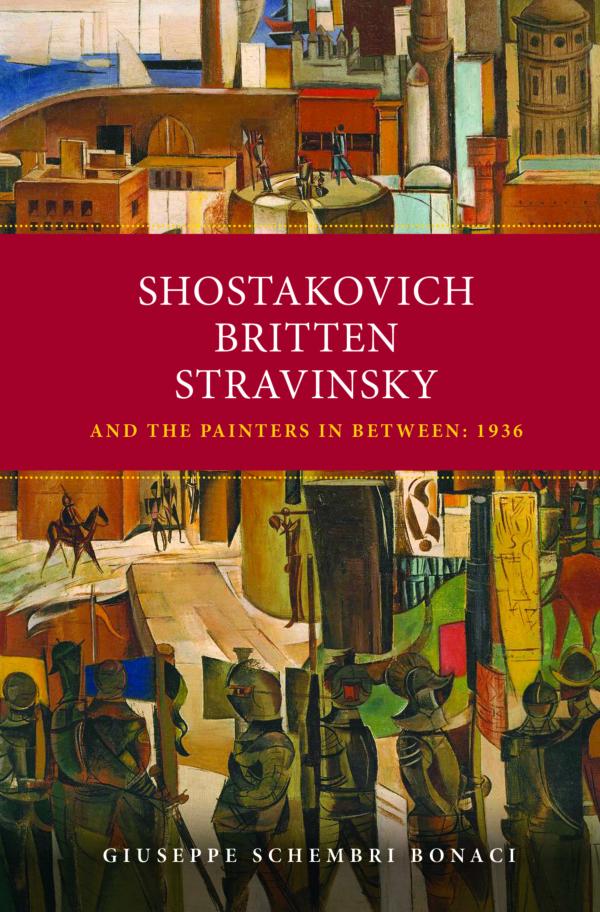Giuseppe Schembri Bonaci’s latest work, Shostakovich, Britten, Stravinsky, and the Painters in Between: 1936, is built upon the concept that art, by its own definition, is subversive, and that a tragic relationship has always existed between the artist and state power, whether totalitarian or democratic. The artist is constantly challenging, sometimes tragically, the roots of power. This association between art and power is rooted in the attitude that art takes towards reality, art being a mode of perceiving. Perception is integrally linked to our established structures of thought. One has to understand perception and thought, and moreover see them in relation to politics and power. Art, which forms part of reality, reacts to reality not in a vacuum but within the power structure in which it exists, one which ultimately asserts its own perception of the nature of reality.
The analysis centres around a particular year, 1936, which has been chosen because it epitomises the essential characteristics of the twentieth century. It is the year of Modernism and tragedy, of Picasso’s Guernica, Miró’s paintings on masonite, and Capa’s The Loyalist Militiaman at the Moment of Death.
As Schembri Bonaci asserts, in an age of replicated pharmacies, the Saatchi ‘art-as-business’ ideology and Baudrillardian banality, contemporary tragedies must be confronted by the artist in a manner which transcends subject matter, and which thus reveals the subversive nature of art



